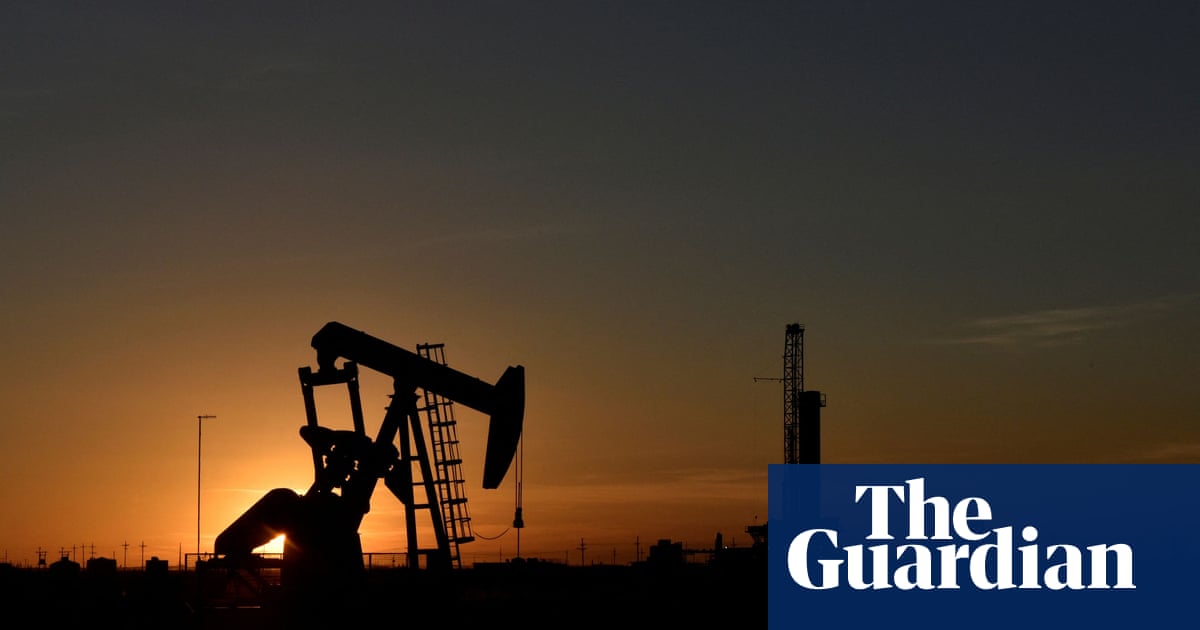Weird, I was not expecting to see a list overwhelmingly dominated by oil and coal companies. I thought this list would be dominated by cell phone manufacturers who supplied power bricks with new phones.
I was expecting consumers using plastic straws at the top of the list.
If you’re curious about what do we do with all that carbon, here’s a handy diagram for you. It’s a clearly outdated, but I suspect it’s still roughly valid today. Energy production has since shifted towards renewables and transportation is gently sliding towards EVs, but there’s still a long way to go. Steel, concrete, and many other industries tends to change very slowly, so I suspect those emissions have stayed very similar to what they were back in 2016.
If you want to speed things up a bit, I suggest voting for the people who change the legislation accordingly. Businesses follow the money, so making polluting more expensive and eco-frienly options cheaper is the way to address this problem.
One of the big changes is in fugitive emmissions (basically leaky natural gas pipes), we found that fugitive emmissions were much (2-3x in north america) greater than expected, making natural gas as bad as coal in some scenarios. Turns out having o&g self report with no oversight leads to them underestimating their numbers.
Fixing leaking water pipes would be surprisingly effective too. We are already spending money and energy to purify and pump the water, so why not make use of it. Currently, we’re spending way too much energy on watering the trees growing next to big pipelines.
The article doesn’t contain the list, but I believe this is what they are referring to: https://carbonmajors.org/Entities
I smell bullshit. It’s almost entirely just a list of fossil fuel producers. That doesn’t really tell you who is using the end product and therefore driving the carbon production.
This is the best summary I could come up with:
This powerful cohort of state-controlled corporations and shareholder-owned multinationals are the leading drivers of the climate crisis, according to the Carbon Majors Database, which is compiled by world-renowned researchers.
This expansion, which has continued since, runs contrary to a stark warning by the International Energy Agency that no new oil and gas fields can be opened if the world is to stay within safe limits of global heating.
Climate scientists say global temperatures are rapidly approaching the lower Paris target of 1.5C above the pre-industrial era, with potentially dire consequences for people and the rest of nature.
Daan Van Acker, program manager at InfluenceMap, said many of the entities in the Carbon Majors database were moving in the wrong direction for climate stability.
He cites the proposal made by Mia Mottley, the prime minister of Barbados, for oil and gas companies to contribute at least 10 cents in every dollar to a loss and damage fund.
As examples, he cited the billboards that sprang up in Houston, Texas, after a hurricane that declared: “We Know Who Is To Blame” beside the names of oil companies, or the campaign in Vermont to create a climate superfund paid for by polluters that would allay the rising costs from floods, storms and heatwaves.
The original article contains 1,093 words, the summary contains 210 words. Saved 81%. I’m a bot and I’m open source!





